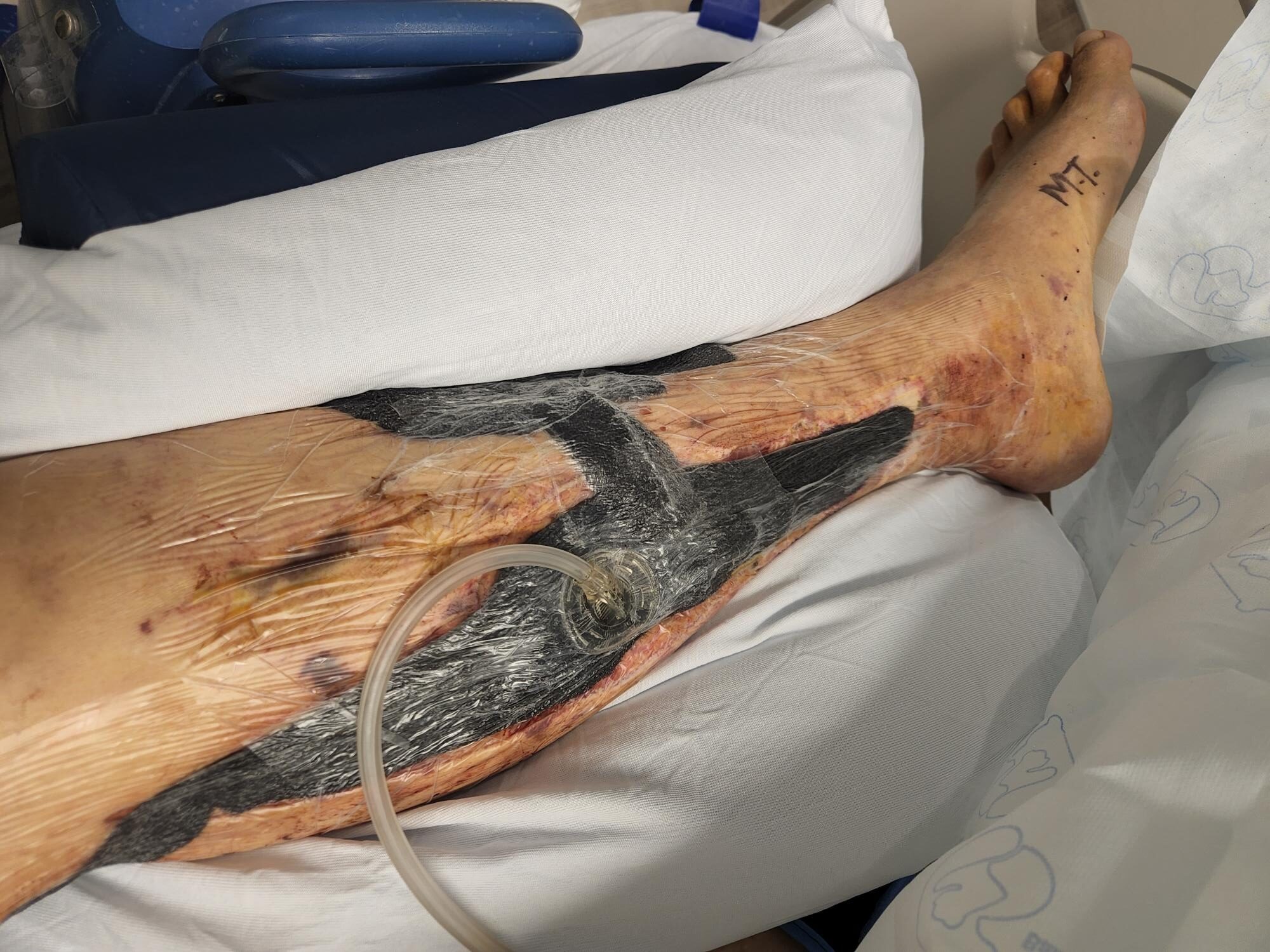When Healing Needs Help, Science and Compassion Step In
If you’ve ever heard the term wound vac, it might sound a little intimidating – like something pulled straight out of a hospital drama. But behind the technology is something profoundly human: the desire to help wounds heal faster, cleaner, and with less pain.
For patients recovering from surgery, accidents, or chronic wounds, healing isn’t just physical – it’s emotional. Each dressing change, each doctor visit, and each small sign of progress can feel like a victory. And that’s exactly where negative pressure wound therapy, often called a wound vac, makes a difference.
The Science Behind the Story: What Is a Wound Vac?
A wound vac (short for vacuum-assisted closure) is a specialized medical device that gently uses suction to help wounds heal. The concept might sound complex, but the idea is simple: remove what shouldn’t be there so the body can do what it’s meant to do – heal.
During treatment, a healthcare professional places a sterile dressing over the wound and connects it to a small vacuum pump via a flexible tube. The pump applies negative pressure therapy, which means it creates a controlled vacuum around the wound. This negative pressure pulls out excess fluid, reduces swelling, and improves blood flow to the area – all of which are essential for tissue repair.
It’s one of those rare examples where modern science feels almost poetic: by creating gentle pressure around what’s broken, the body finds the strength to rebuild.
How Does Negative Pressure Wound Therapy Work?
Think of negative pressure wound therapy as giving your wound a clean, stable environment where it can thrive. The vacuum doesn’t just remove fluid; it also reduces the number of bacteria that can cause infection.
Underneath the surface, something remarkable is happening – cells are being “stretched” ever so slightly by the suction, which triggers the growth of new tissue and tiny blood vessels. It’s like the body’s way of saying, “We’ve got work to do.”
For many patients, especially those with chronic wounds, diabetic ulcers, or surgical complications, this process helps turn a stagnant wound into one that’s actively healing. What once felt hopeless can become hopeful again.
How Painful Is a Wound Vac?
This is one of the first questions people ask – and understandably so. The idea of a vacuum attached to a wound can sound uncomfortable. But here’s the truth: while there may be mild discomfort during dressing changes, most patients describe the sensation of a wound vac as more strange than painful.
The vacuum itself creates a gentle pulling sensation – not sharp or jarring. Many people actually find comfort knowing the device is doing its job, quietly and consistently helping their body recover.
What makes the biggest difference, though, isn’t just the technology – it’s the care behind it. When a mobile wound care specialist comes to your home, they bring more than medical skills, they bring empathy and compassion. They explain each step, check your comfort level, and make sure you feel supported, not scared.
Healing can be vulnerable, and feeling seen and understood during that process often matters just as much as the treatment itself.
Do Patients Go Home with Wound Vacs?
Absolutely – and in fact, many do. Thanks to advances in mobile wound care, patients no longer have to stay in hospitals for extended periods just to receive negative pressure wound therapy.
Smaller, portable wound vac units have made it possible for people to continue treatment in the comfort of their own homes. For those recovering from surgery, living with diabetes, or managing chronic wounds, this means they can focus on healing without losing their sense of normalcy.
Imagine being able to rest in your own bed, eat your favorite home-cooked meal, and still receive advanced care from a mobile wound care specialist who brings expertise – and heart – right to your doorstep. That’s the kind of healing that feels holistic: body, mind, and spirit.
Why It Matters
Wounds don’t just affect skin – they affect identity, independence, and emotional well-being. Whether it’s a surgical incision that won’t close or a chronic ulcer that keeps returning, the frustration can run deep.
Negative pressure wound therapy isn’t just about suction and dressings. It’s about restoring dignity. It’s about helping someone walk a little further, sleep a little easier, and see progress where there was once only pain.
Behind every mobile wound care visit, there’s often a story – a family learning how to help, a patient rediscovering hope, and a team quietly celebrating every inch of new, healthy skin.
And while the science continues to evolve, the heart behind this treatment stays the same: healing takes time, but no one should have to do it alone.
Final Thoughts
A wound vac may be a piece of medical technology, but its impact reaches far beyond the surface. It’s a reminder that healing doesn’t always happen in hospitals or sterile rooms – sometimes, it happens in living rooms filled with love, in quiet moments of care, or during visits from compassionate professionals who truly understand what’s at stake.
Because when it comes to wounds – both seen and unseen – the best healing begins where comfort meets connection. If you or someone you love is navigating recovery and has questions about negative pressure therapy, compassionate guidance can make all the difference. La Casa Wound Care Specialists are here to help you find clarity, confidence, and comfort in the healing process – right where you are. Contact our office and let us bring care where it’s needed most.


